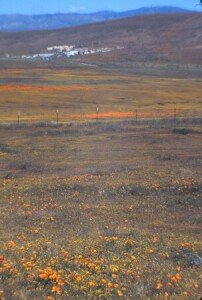
original image
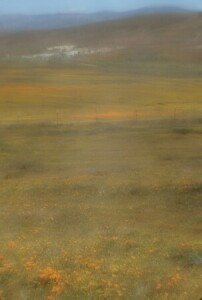
Scatterlight DreamOptics
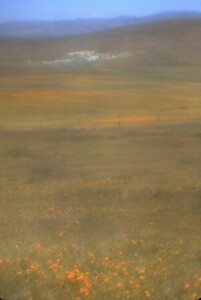
real dreamagon image
I am now retired, mainly working on my web site Boardspace.net.
I used to work for Andromeda Software.. For Andromeda I made plugins for Adobe Photoshop, and Adobe Indesign. The Indesign plugins were all custom software engineered for Jostens, and were never sold commercially. Sadly, Andromeda has essentially abandoned the photoshop plugin business, and these plugins are essentially dead and unavailable.
 original image |
 Scatterlight DreamOptics |
 real dreamagon image |
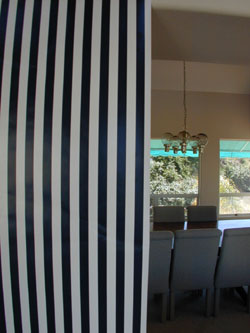 |
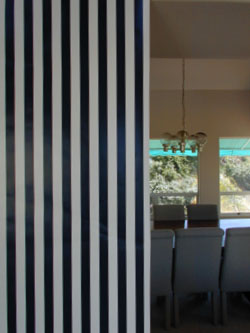 |
My second Major Opus at Andromeda was to produce the Measurement filter. It's the tool I've always wanted for inspected images in detail. You can open any number of windows on an image, and using bezier paths as guides, get histograms, profiles, and magnified views in either numeric or graphic format.

My first Major Opus at Andromeda was to produce the Shadow
Filter, a
Photoshop plugin that produces geometricly correct shadows from a
silhouette extracted from an image. For example,
| The boring looking logo below can be transformed into the dramatic one at the right. | 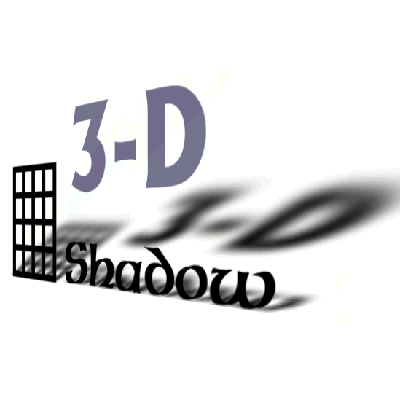 |
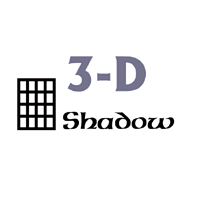 |
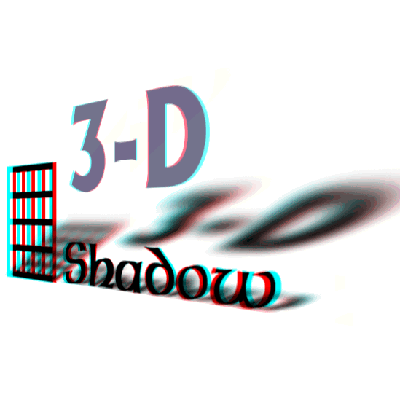 |
Since the Shadow filter is using a 3-D model to generate the shadows, it was easy to add the capability to output anaglyph (red-green) stereo. |
Historical Notes:
Triple-I Projects
I'm primarily worked on some image manipulation utilities for Triple-I's InfoFax product line. The draft documentation for that program is found here. The most unusual thing about these utilities is that they included support for JBIG format (extrememe compression for fax-like images).
Although I worked for Triple-i, I spent quite a bit of working time on behalf of another company nFX; I worked on enhancing the graphical output from nFx animation program, using C, OpenGL, on PC and Iris platforms.
A more complete description of the nFX player program is found
here
Information Sciences Institute Projects
At ISI, I was one of a two or three person team who implemented the Interlisp dialect of Lisp on VAX computers under the UNIX operating system. My piece of the pie was the overall architecture of the implementation and the vax machine code generator for the lisp compiler.
Triple-I projects (again)
Back at the dawn of time (from my
point of view) I
worked at Information International as a student and
afterwards.
My projects there involved operating system level coding to support
specialized hardware attached to PDP-10 computers, including such
exotica (at the time) as display processors, scanners, disk
controllers, and special purpose co-processors. I was also
involved with the support and debugging of the F-1 supercomputer (by
the standards of the time).